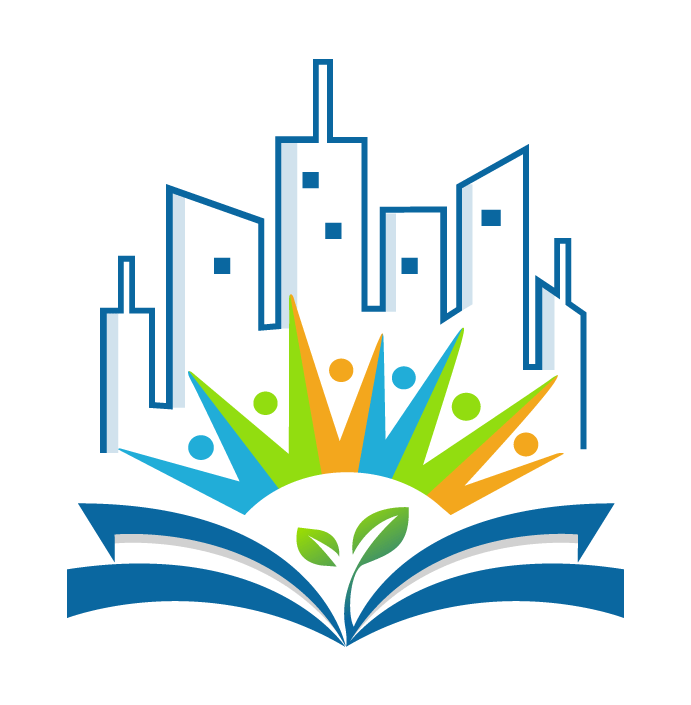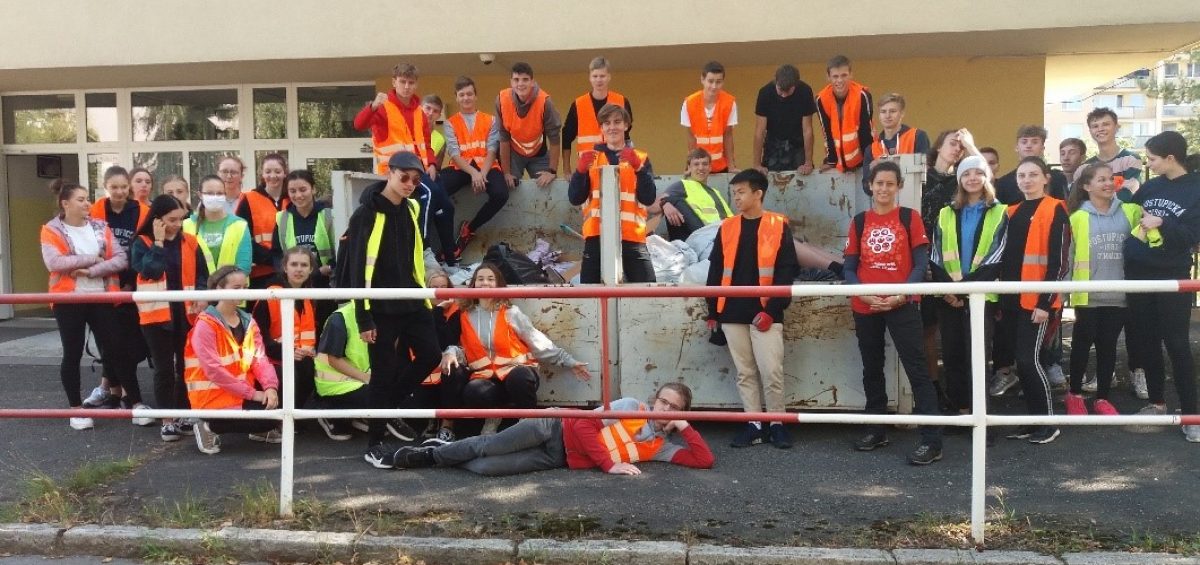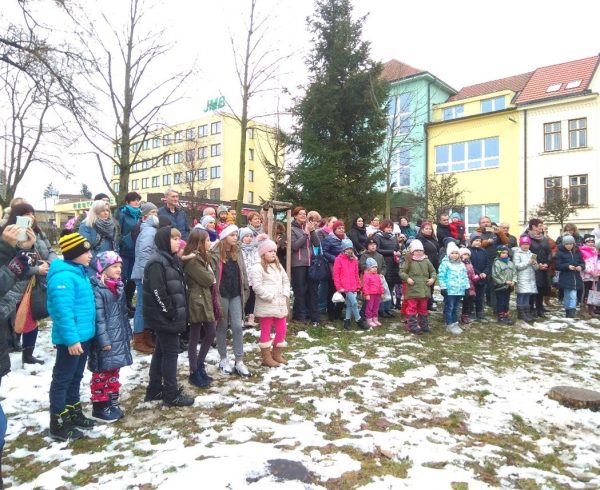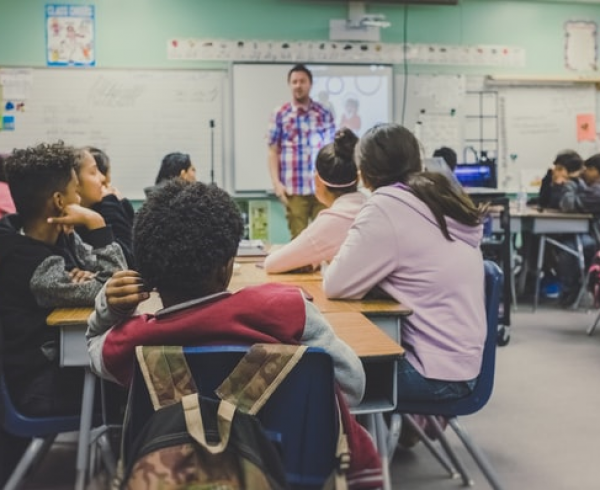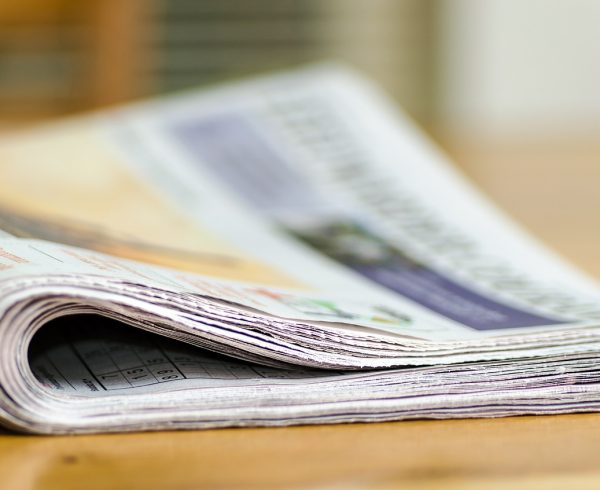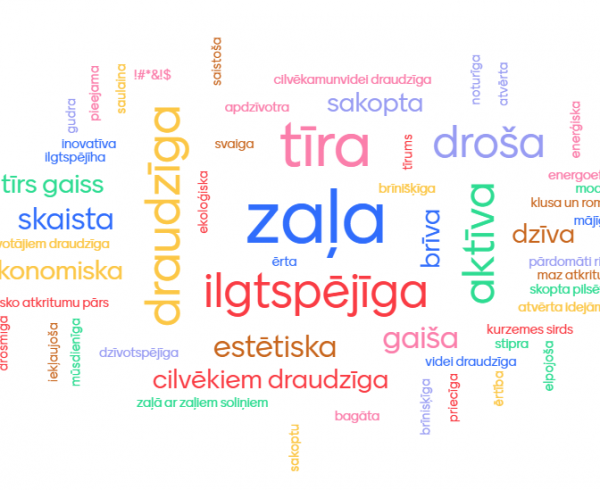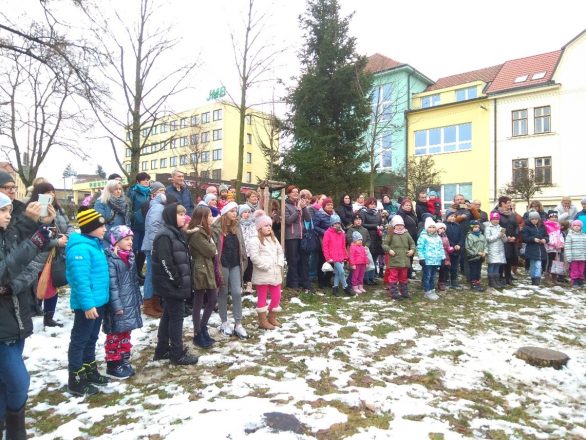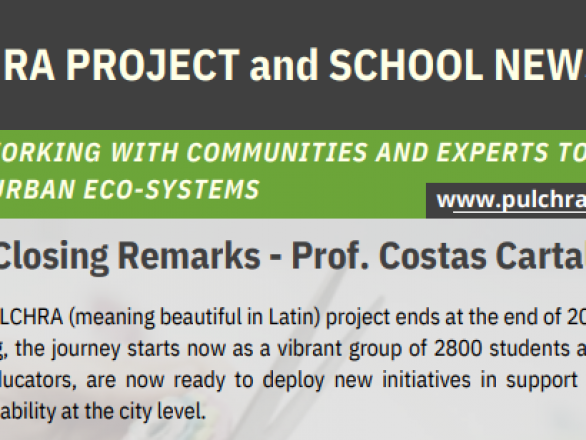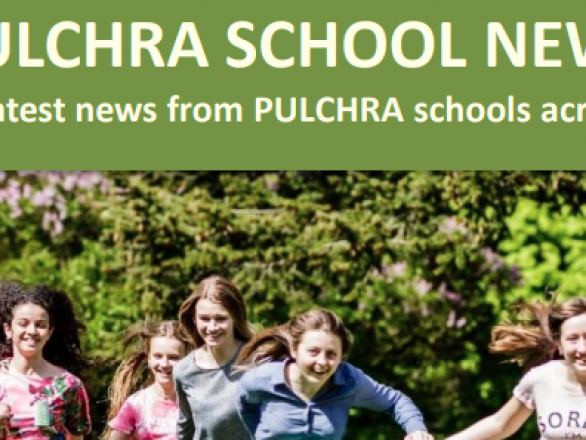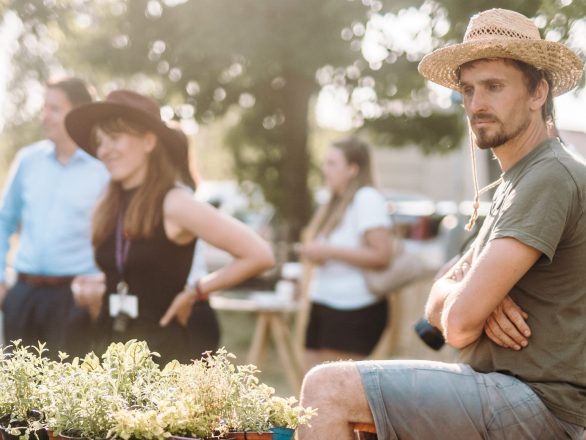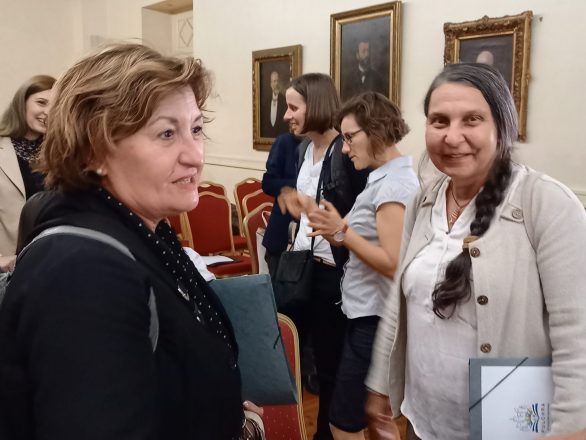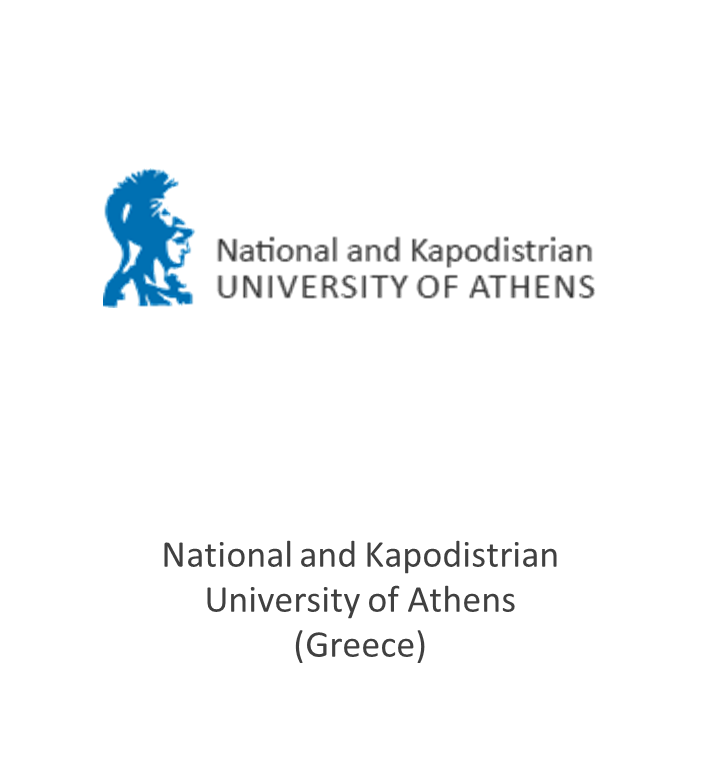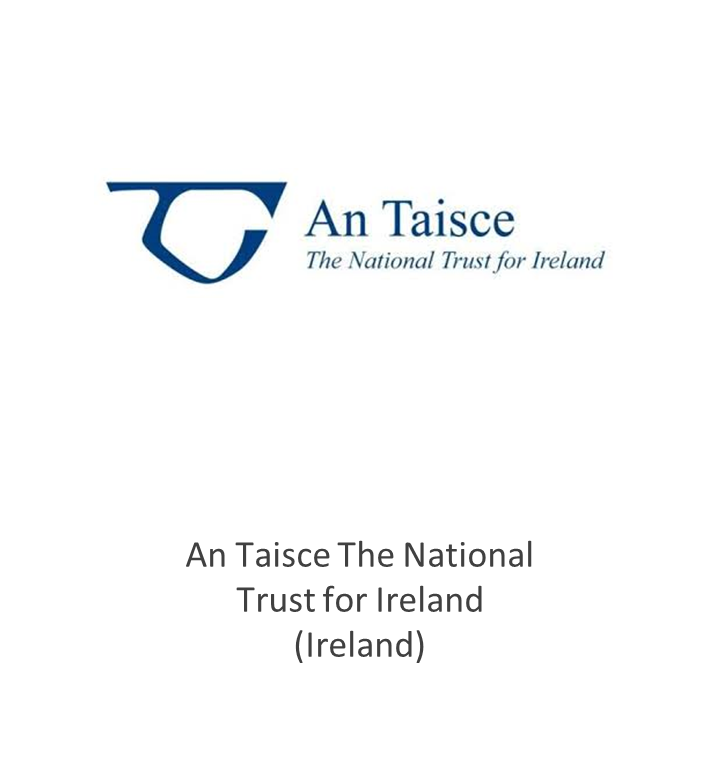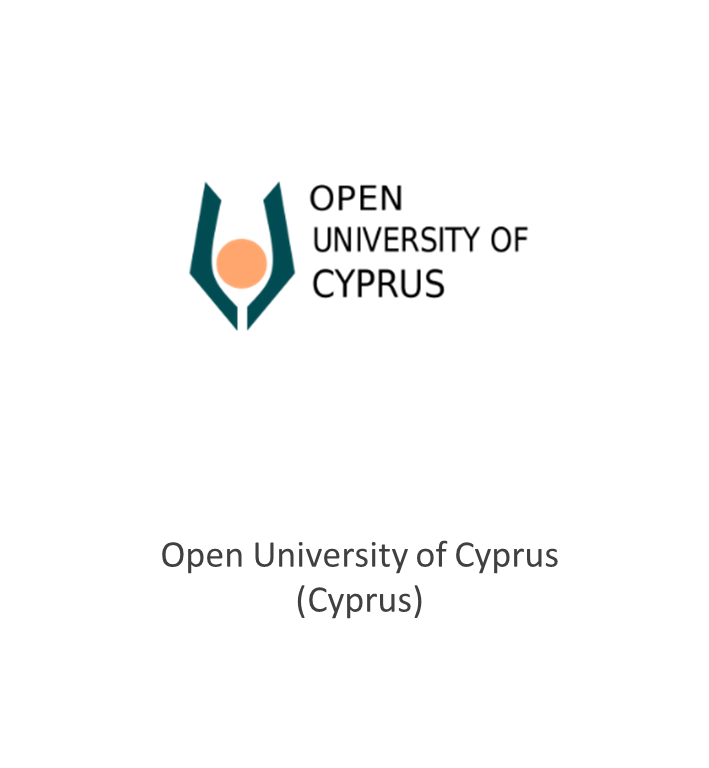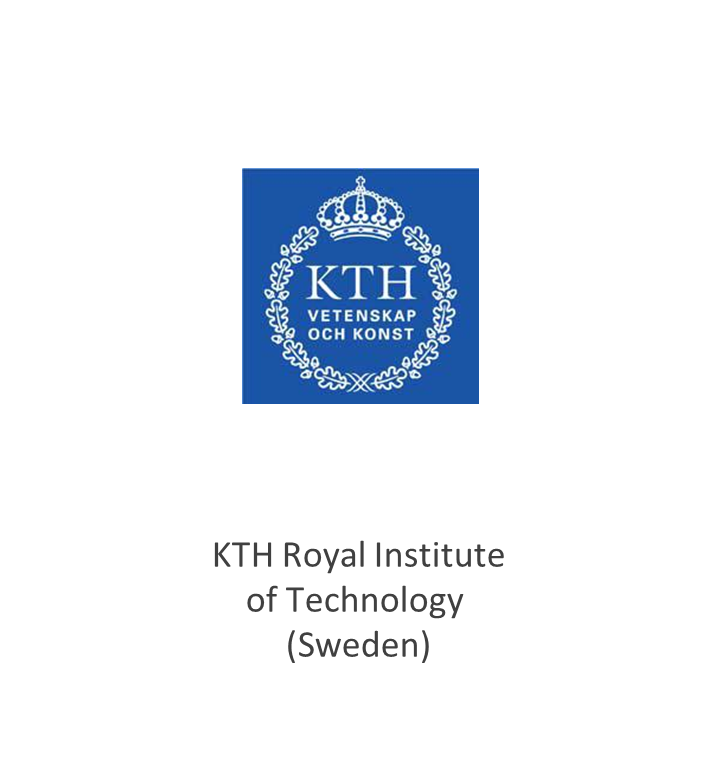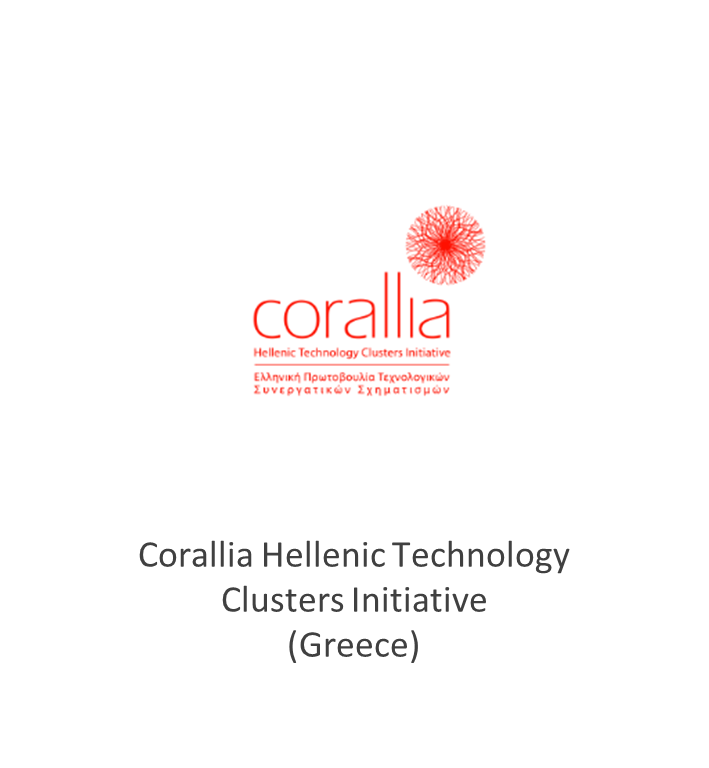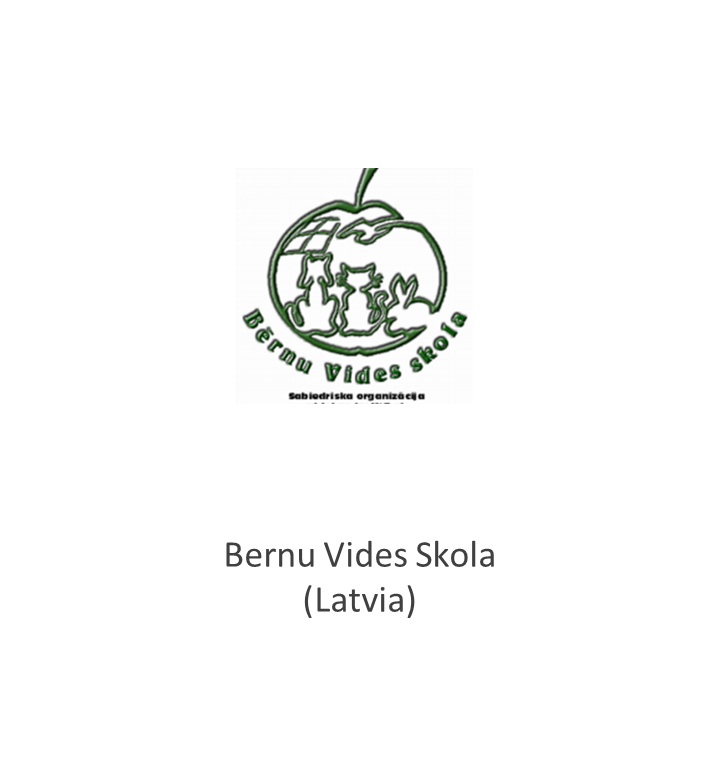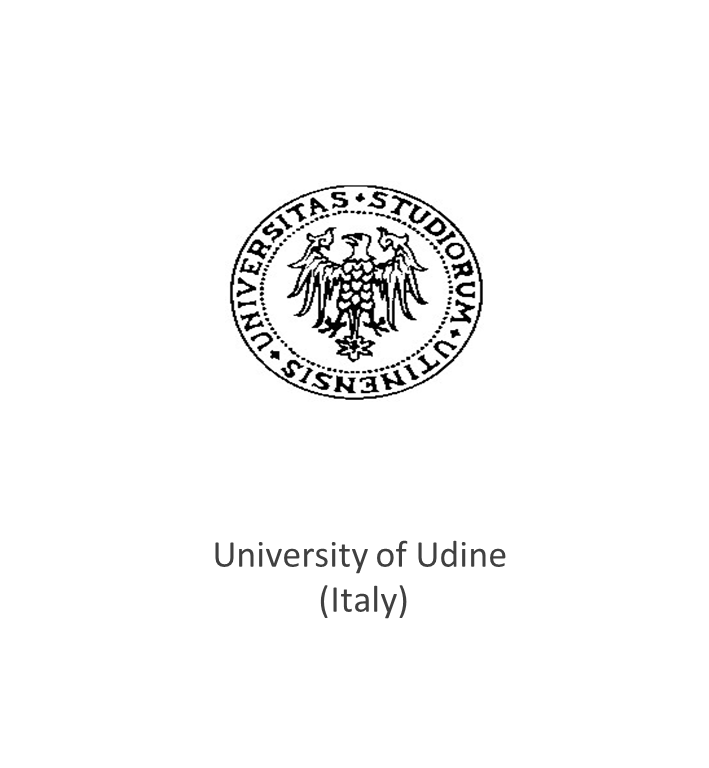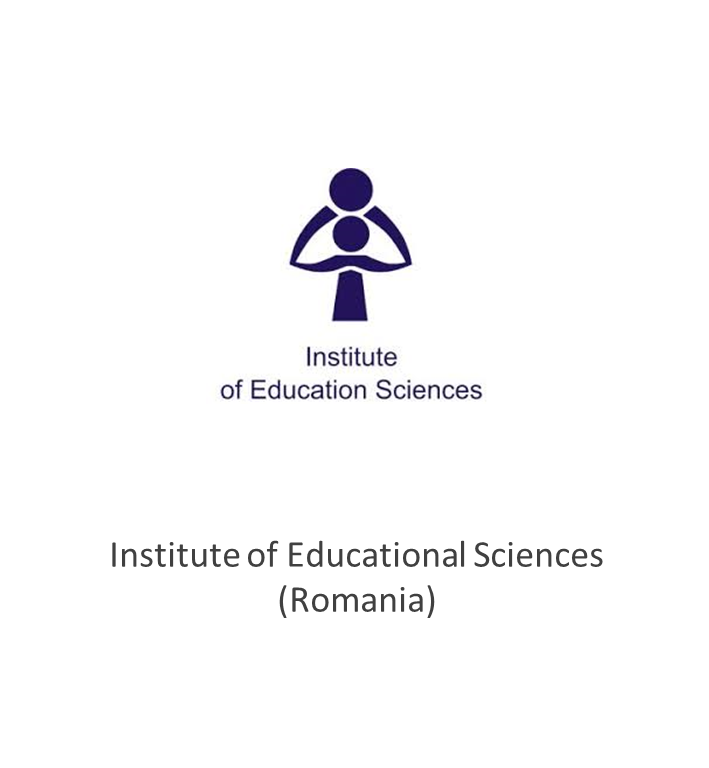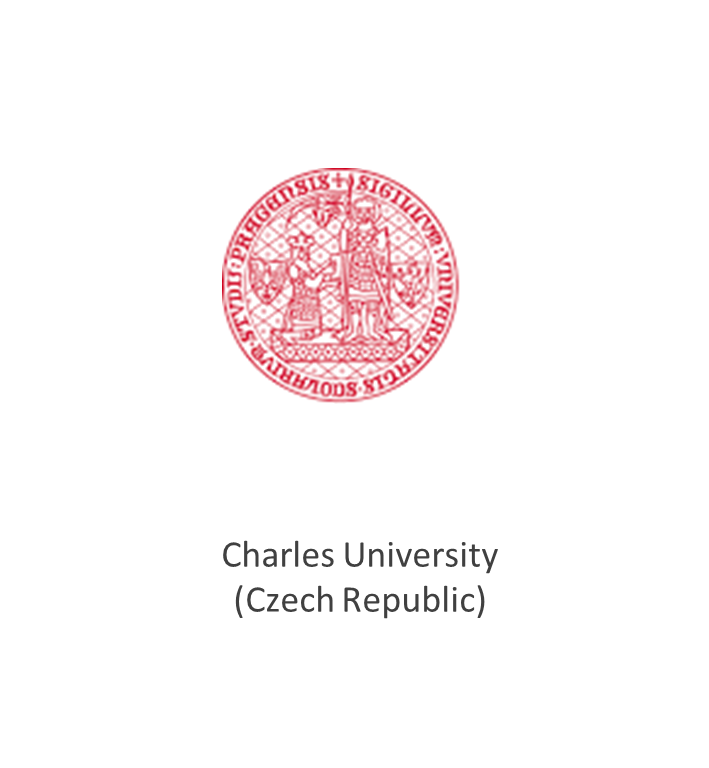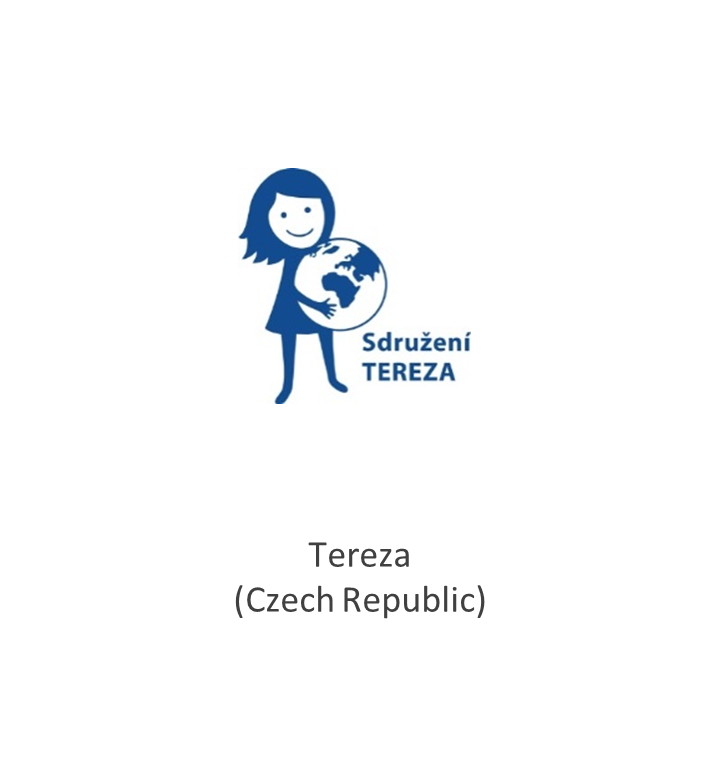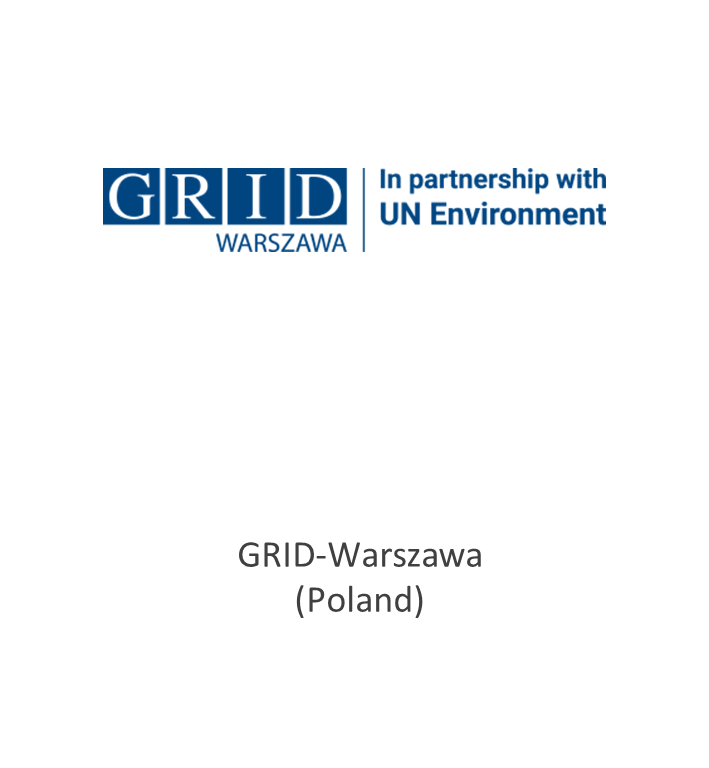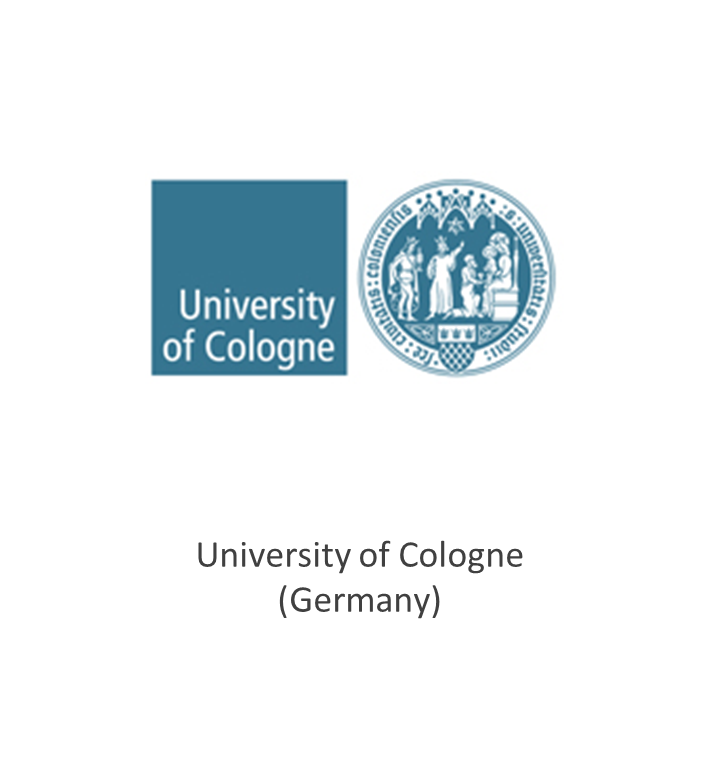Below is an article written by the City Science Reporters in a school in Prague on their PULCHRA project on waste.
We study at the Postupická secondary school in Prague. Within the environmental education classes, we participate in the PULCHRA project. Our topics of choice are waste management, collection and separation and raising public awareness of where and how can waste be properly disposed of. We have chosen the Spořîlov neighborhood (that’s where our school is) as our place of interest – mainly because of the positive feedback we’ve received from the residents after the successful waste collection within the Ukliďme Česko (Let´s clean up the Czech Republic) project. Our students picked up around 700 kilos of litter, 200 of which went straight to a scrapyard. https://www.translatetheweb.com/?from=&to=en&a=https://www.uklidmecesko.cz/ .
We conducted a survey and created the feeling map with types of waste that can be sorted in which place and how the containers’ surrounding looks like.
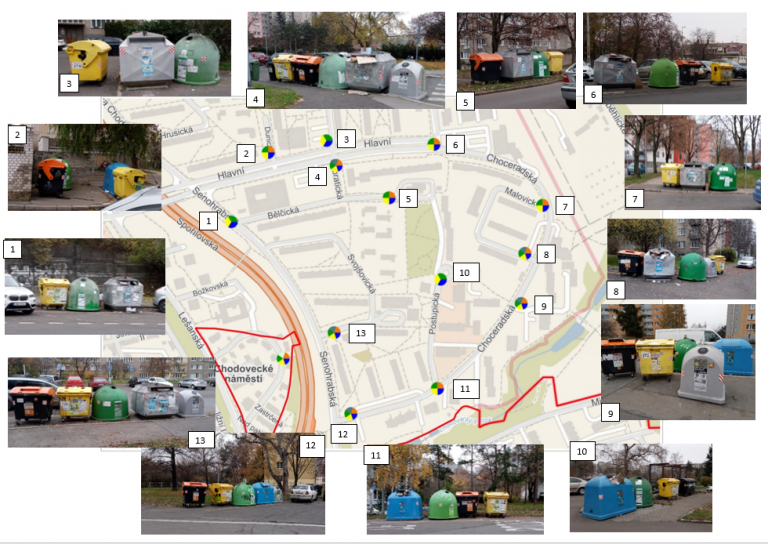
We organized an online meeting with the locals in order to present our project. We also asked them to fill out a questionnaire, giving us feedback on what to improve. During the meeting, an offer was made by the representative of the Charles University, Mr. Štych. The offer concerned creation of detailed maps. In the end, we have started cooperation with his colleague, Mr. Svoboda, who is very co-operative and helpful.
We are currently working on an analysis. The analysis tries to answer three questions: what is the average distance to the nearest recycling bins, which bins are used the most and which houses are the furthest away from these bins. At the moment, we have already created a map with marked house entrances, recycling bins and routes leading to them. We have also completed the calculations and resultsWe have considered 13 recycling bin sites with nearly 50 individual recycling bins as well as 140 entrances leading to 2931 housing units. We also cooperated with Mr. Mana from the PSAS, who kindly provided us with information about the frequency of waste collection. Thanks to the aforementioned maps and calculations, we now have a basis for our project as well as materials which can be used in case of negotiations with municipal or other authorities.
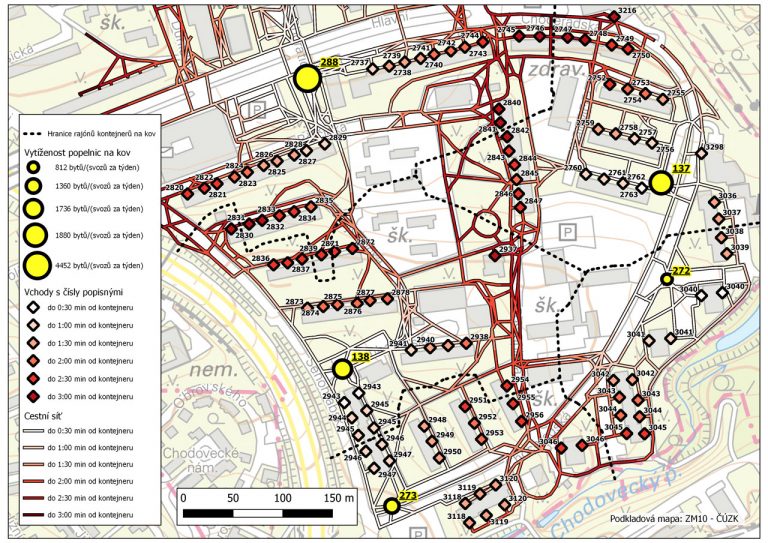
Right now, we need to verify the data from our maps – either in person or through communication with residents. We will try to find the easiest and the most practical decision for each area. This will then be discussed with respective authorities, in order to successfully finalize our project.
Ema Kalivodová & Jakub Randus, members of the City Science Team of Gymnázium Postupická.
